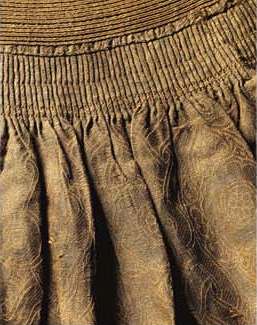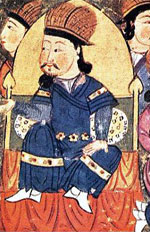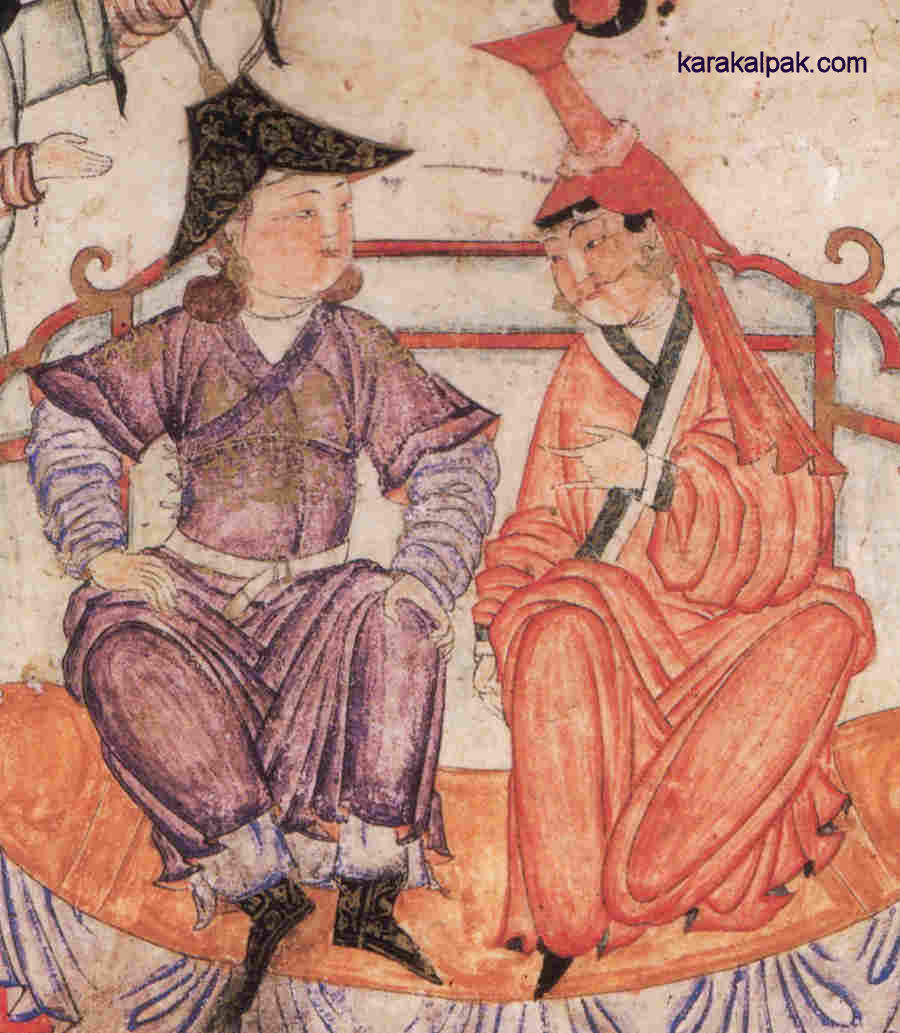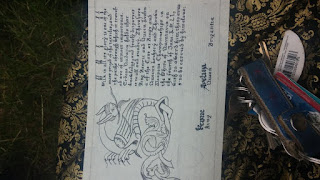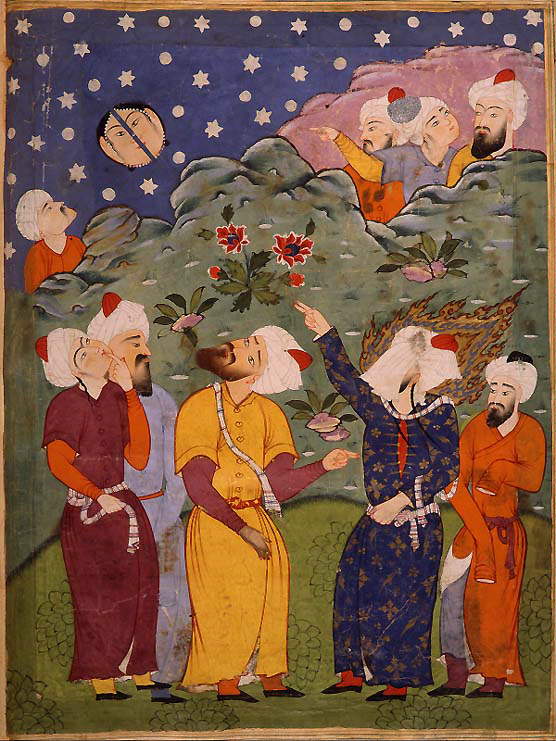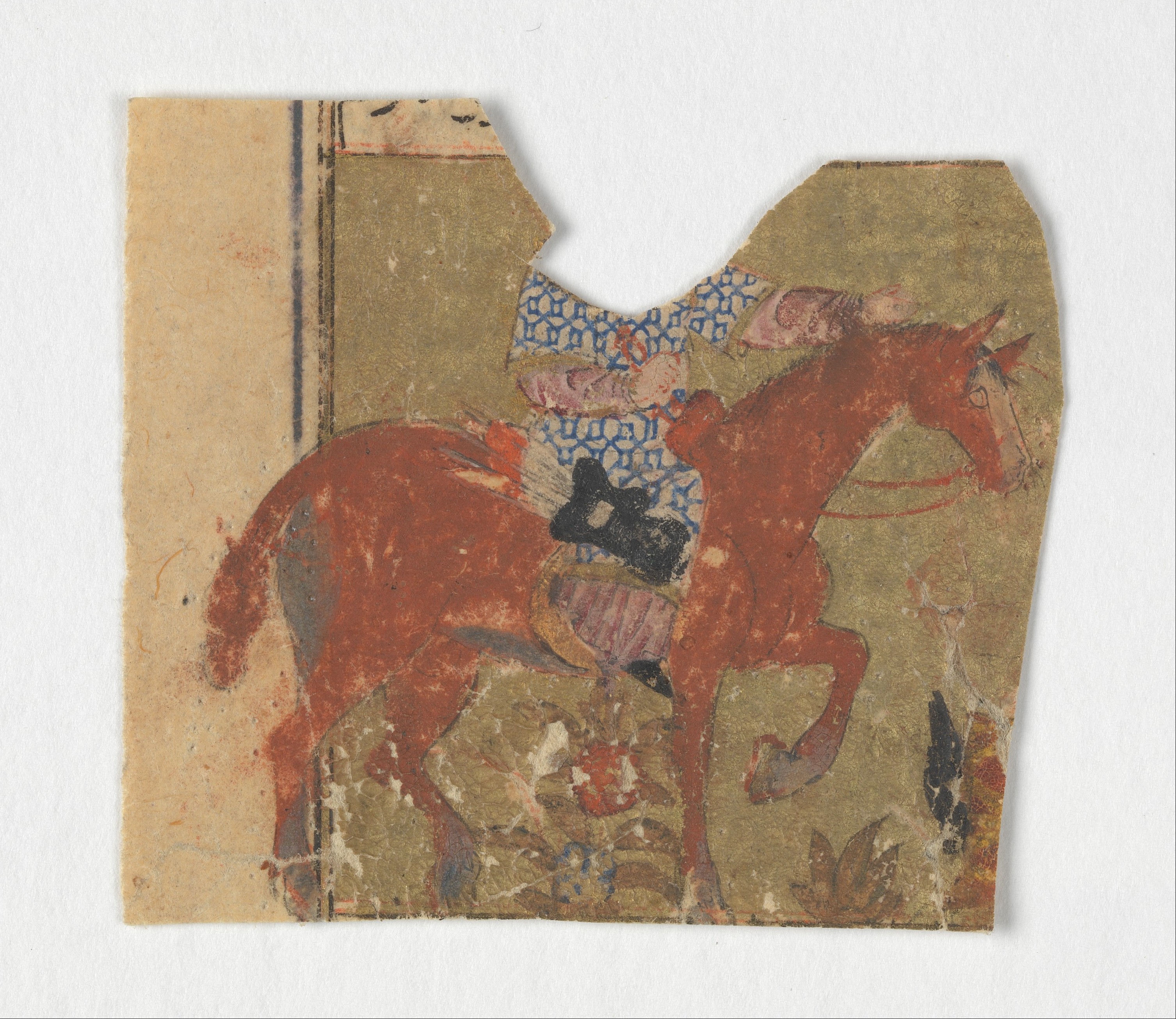As stated in my previous post, I was given a quest by Her Majesty to seek out period and persona appropriate titles for Mongol personae when I received my Award of Arms.
I am always looking for new ways to expand my knowledge, so I obliged the quest. It intersects a lot of less-utilized aspects of my interests when it comes to the SCA. I have a big interest in linguistics, especially historical linguistics. Needless to say, this is entirely in a wheelhouse I never thought I'd ever be able to live in while playing, given the focus on material culture in the SCA.
With all that being said, there are several challenges I'm going to face when it comes to getting everything sufficiently equivalent for my tastes. Below is a basic breakdown of what I know already, the challenges it's going to present and what I'm thinking right off for how I can overcome them.
First challenge:
Our game uses a European, especially a French/English, structure to titles based off of High Middle Ages Feudalism. There is an influence of the trade guilds, as well, with Masters and Mistresses for highest level artisans and scholars. They all come together right around the end of period, to my knowledge. So, 1550s to early 1600s. I am not an expert, by any means, in the timelines and the rises and falls of titles and social structures in Europe, given my own focus, but that's the understanding I have.
Added into that, the Mongol people were and, to some extent, still are a nomadic people. Landed gentry, frankly, didn't exist in period that was home-grown. Social structure was based off of cultural norms and the military structure. As the SCA has an independent military structure, it would be less informative and absolutely be a shoe-horn to take military terms for non-military positions (i.e. not Knights and Squires). The last thing I want to do is be controversial to the Chivalry -- making a new problem to solve an old one.
Strategy
I'm going to take a look at the Mongols who did settle, so post-Chinggis and see what I can find for the governmental structure. The Mongols held, and held sway, in territories and kingdoms long after the conquests which brought about the Golden Age of Mongols. In particular, I'm going to be looking at a couple different places and times to see what it has to offer:
(1)Persia
Persia offers a lot in terms of finding what I need. The largest advantage to Persia is that they did have land owners and a more European style (than, say, Eastern or Indian style) court. There was the Shah and then those who reported to him; there were levels of nobility and, most importantly, there was both a military and an artistic/scholarly culture home grown in Persia and its environs.
Additionally, when the Mongols invaded and overthrew the Persians, they didn't overthrow the government in its entirety. What they did was they created what can be thought of as one of the first modern style shadow governments. It's not an exact match to what we've seen in the Modern era, like with Vichy France during the Nazi Occupation (Did I just Godwin my blog?), but it's definitely a shadow government.
The way it worked, from what I've been able to find, is that the Mongols took the existing structure and added themselves into it. This is shown in the miniatures (look, overlap) in that there are always Persians and Mongols together and in relatively reflective positions. In my garb breakdown, which I'll be posting later today, I have a good example of what I mean.
So, what you have, in essence, is that the Mongols would have had their own positions and what I seek is if they would also have had their own titles to go with those positions. If that's the case, then it's a Mongol-specific title system I can lift and adjust grammatically according to gender.
(2)The Timurids
The Timurids are one of the last great gasps of the Mongols as a huge force in Asia. They had their own empire and then went on the conquer and become the antecedents to the Mughals in India. Having land, they would have needed to structure themselves in a way in which I could use a mirror to find approximates. Then, the same pattern applies as with the Persians -- figuring out how to make it grammatically sound through gender and post.
This is largely a guess in terms of it will work, but I know that Tamerlane had a court and his successors also had them. It's also another way for an Indian persona to attribute the appropriate titles onto themselves, as India is neither a monolith nor even a single state area until modern times. And, depending on what you're looking at as "India", it is still a three-state region with India, Pakistan (where the Indus River is actually located) and Bangladesh (former East Pakistan).
This would make the strongest arguments, if it proves out, because it's homegrown completely within the evolving Mongol culture throughout period and so doesn't fall victim to biases in the way that the Persians do.
(3)The Chinese
The Yuan dynasty, oh how I love you. You have given me so much inspiration and knowledge. It's the material culture I know the most about and was the Mongol cultural area I was most familiar with even before I started in the SCA.
In all truthfulness, I don't know as much as I should about the social structures of Chinese court and dynastic life as I should. I tend to focus more overall in figuring out where someone sits in a portrait for general social standing than I do with figuring out what all the iconography means beyond know "Emperor" or "Scholar". The civil society in China goes back thousands of years and the Yuan dynasty is a funny period for China in terms of how it sees itself, largely being eschewed for native rule dynasties.
This would be similar to Persia in application in that the terms and titles would be adapted from the home culture. The main difference is that the Chinese were subjects of the Mongols directly instead of shadowed by Mongol overseers (more or less). The terms, however, would be in Chinese. That works to the advantage that there is no grammatical gender in Chinese, nor is there real structure in number and tense. The difficulty is that we have to use modern pronunciations to Middle Chinese because of a pictographic writing system. There isn't an actual way to know if what we're using now were the actually pronounced ways of the language back that far.
(4)
The Crimean Khanate
The Crimean Khanate is a largely forgotten, semi-independent successor state to the Golden Horde. It existed as a tribute to the Ottomans and was founded in the mid-late 15th century. It dates to well within period and, with direct contact with the Ottomans as a tributary, would have had ample information if I can find it.
There are several problems with the Crimean Khanate that can cause issue. First, its position was precarious. Sandwiched between the Russian Empire and the Ottoman Empire, it was hot territory for the Russians to take over, which they eventually did in 1774 according to the linked article. They existed as a trading outpost on, as you can guess, the Crimean peninsula and its environs.
interesting historical tidbit -- the reason why the area is primarily Russian and not primarily Turkic today is because the Soviets expelled the Turkic peoples to the PR Kazakhstan and then russified the area. This resettlement makes the area Russian ethnically and is a bit of an antecedent to some of the problems that arouse a couple years ago. See? History is still relevant, even to contemporary events!
Anyway, my main issue is I know basically nothing about the Crimean Khanate, aside from that it existed, they traded with the Ottomans and they were not liked by the Russians who wanted the warm water port. It would require a ton of research and, I think, most of the information would be on the wars between the Ottomans and Russians and/or the Crimean Wars much, much later. It looks, on face, as a historical dead zone.
Second Challenge:
Even if the Mongols were to have been a landed culture on their own, they were not a literate culture until the smashed into other folks by conquering them. There simply is no way to have one, mass title database for everything that could possibly have been as oral traditions change with changes in cultures. Think about how Grimm fairy tales changed in records, even when being written down sporadically through the times they were being told in medieval and early-modern Germany.
Lacking a real written record is, of course, a challenge I work around all the time. I tend to rely on China and Persia, since the biases of the writers are well known.
Strategy
I'm going to continue to use the methods I'm already using. It will be trickier since, instead of using visual reference it will need to be written, but a process part of anything I submit as to how I worked around biases should cover those shortfalls. It's not perfect, but it can work.
Third Challenge:
I don't know that much about Middle Mongol grammar. This is a huge area that will require a good amount of study. Once Mongolian was written down, it was written using Chinese character, Sogdian-Uyghir script and Persian-adapted Arabic. Later, Mongolian used Cyrillic letters with additional home-grown lettering to capture the phonetics of the language.
Strategy
I've just got to learn the language. I've already got a request out to
Jacquemine van Bel who is not only a great and close pre-SCA friend of mine but a legitimate librarian with the paperwork to prove it. We're already turning up helpful resources for me to use and, being in the higher education utopia of New England, we should be able to get some good access as she works for a college library.
Upcoming, I'll go more into what I've done so far to reach to these conclusions instead of do something smaller like just run to the College of Heralds site (spoiler: not as helpful as I'd have liked).


